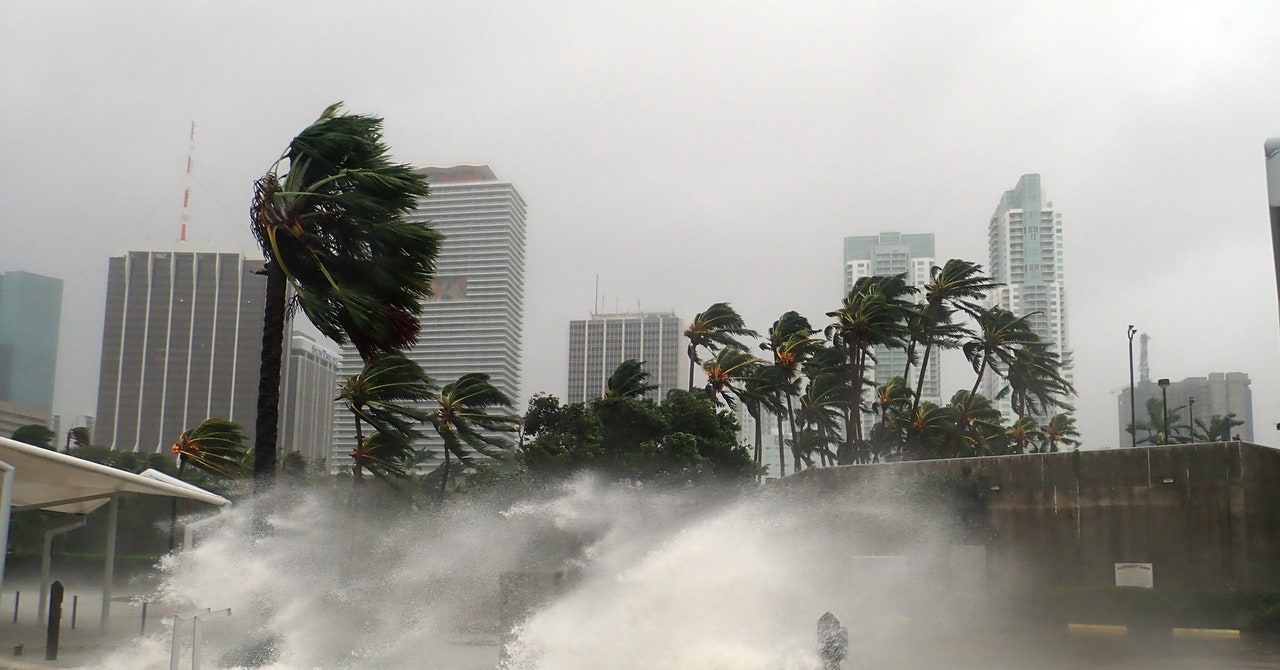
Global Warming is having a negative impact on the water cycle
The United Nations is on a tightrope: tackling climate change crisis with financial resources and climate monitoring data from the GWS 2024 report
António Guterres, secretary general of the United Nations, has said that “we are teetering on a planetary tightrope. Either leaders close the emissions gap or we are hurtling towards climate disaster, with the poorest and most vulnerable suffering the most. The start of the action has begun.
Securing financial resources is another challenge. The funding shortfall for climate change adaptation is between $194 billion to $366 billion annually according to the United Nations Environment Program.
There is no magic about the 1.5 C threshold. It is a political target that was included in the Paris agreement in acknowledgement of concerns that an earlier goal of limiting warming to 2 °C might not be strong enough to protect the most vulnerable countries, including island nations at risk of being submerged by rising seas. It doesn’t mean that the world is safe below 1.5C, or that everything will fall apart if it is breached. Every piece of warming matters, Hayhoe says.
Record temperatures last year pushed the global water cycle to “new climatic extremes,” according to the Global Water Monitor 2024 report. The document, produced by an international consortium led by researchers at Australian National University, states that these climatic anomalies caused devastating floods and droughts that resulted in more than 8,700 deaths, the displacement of 40 million people, and economic losses exceeding $550 billion.
“In Bangladesh, heavy monsoon rains and the release of water from dams affected more than 5.8 million people, and at least 1 million tons of rice were wiped out. In the month of September, forest fires caused more than 52,000 square kilometers of damage in the Amazon basin.
The records are being broken more and more. For example, record-high monthly rainfall totals were achieved 27 percent more frequently in 2024 than at the start of this century, whereas daily rainfall records were achieved 52 percent more frequently. The number of record lows was 38 percent more frequent.
The data collected from thousands of ground and satellite stations that collect near real- time information on important water variables was analyzed by the report authors.
Climate Risks, Physical Constraints and Symbolic Response to the UN Secretary-General’s Call on the Global Warming War
Gail Whiteman, a social scientist at the University of Exeter, UK who studies climate risks says it is both physical and symbolic. We think that we’ve reached the end of a safe zone for humanity.
UN secretary-general says the long-term goal is not shot even if individual years push past the limit. It means we need to fight harder and harder to get there. Leaders must act — now.”